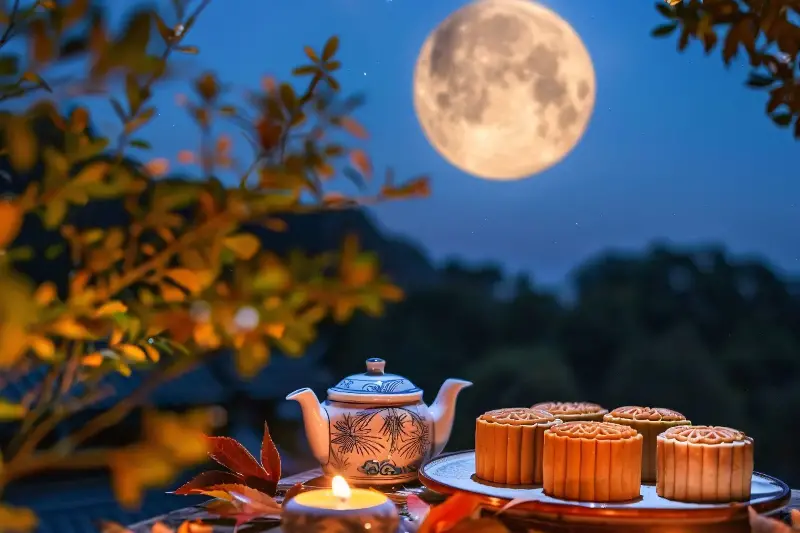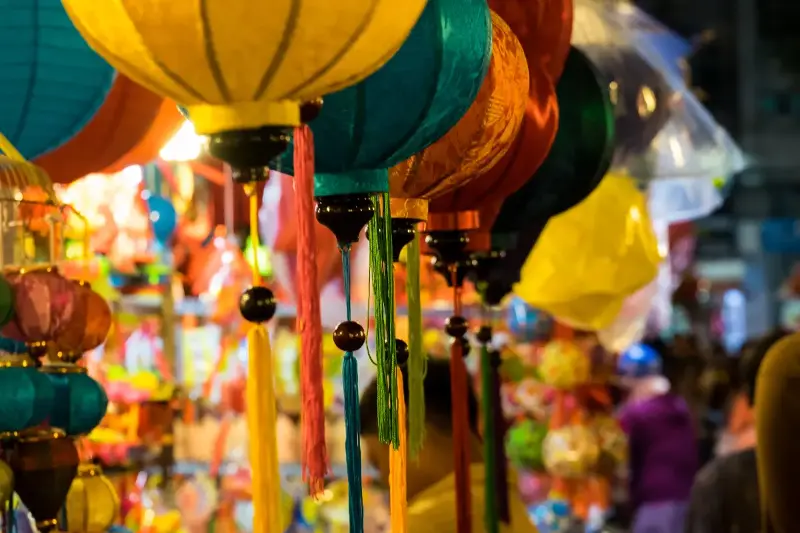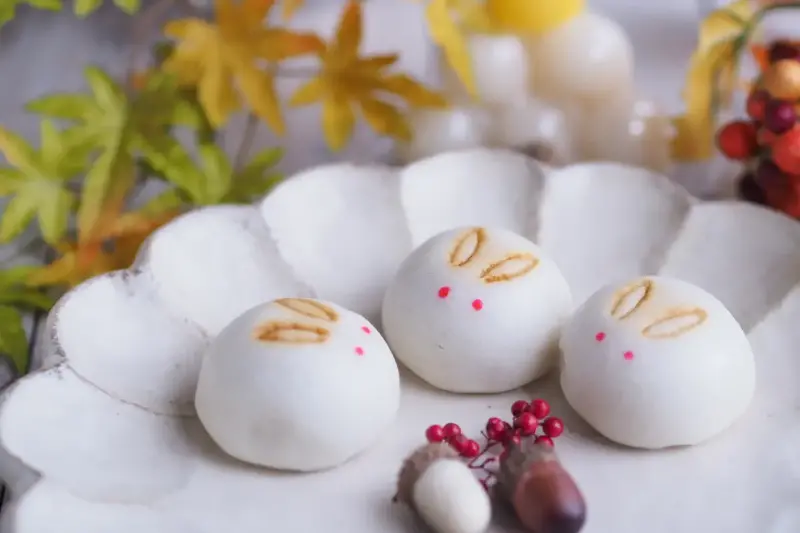Beneath the gentle glow of the autumn moon, communities across East Asia gather in homes, gardens, and parks. Laughter fills the air and the scent of fresh mooncakes drifts through the night. Welcome to the Mid-Autumn Festival—a tradition both ancient and enchanting that finds its origins where myth and culture entwine. But how did this captivating festival begin, and why does the moon remain central to its heart?

A Festival Rooted in the Harvest
The Mid-Autumn Festival is more than an evening of celebration; it is a moment of gratitude. Historically, it falls on the 15th day of the 8th month of the Chinese lunar calendar, when the moon appears at its roundest—a symbol of reunion and completeness.
Many believe the festival originated more than 3,000 years ago with the Shang Dynasty’s moon-worshipping ceremonies. For agricultural societies, the full moon signified a bountiful harvest and was regarded as both a symbol of abundance and a celestial blessing.
This sense of thanksgiving is still seen today: families reunite, share meals, and exchange wishes, reinforcing bonds stretched by time or distance. The moon becomes not only a witness to celebration but a silent messenger connecting loved ones across the world.
Legends That Light the Night
No tale of the Mid-Autumn Festival is complete without its beloved myths. At the centre gleams the timeless legend of Chang’e, the Moon Goddess often depicted with her companion, the Jade Rabbit.
According to the most popular story:
- Chang’e was the wife of Hou Yi, a heroic archer who saved Earth from destruction.
- Hou Yi was rewarded with an elixir of immortality.
- To protect the elixir, Chang’e drank it herself, ascending to the moon and becoming its eternal resident.
- Hou Yi, heartbroken, set out mooncakes and fruits every year in her honour—giving rise to today’s moon-worshipping rituals.
But Chang’e’s is not the only story in the night sky. The Jade Rabbit, eternally pounding an elixir on the moon, is said to be her devoted companion. There are also tales of Wu Gang, a man condemned to chop down a self-healing laurel tree on the moon for eternity.
Each myth weaves mystery into the silver-lit heavens, reminding us that stories are as important to heritage as ritual itself.

Symbols that Speak: Mooncakes and Lanterns
The most recognisable icon of the festival is the mooncake—rich pastries filled with lotus seed paste, red bean, or egg yolk, often sharing hidden messages or blessings within. But this indulgent treat is more than its sweet exterior. During the Yuan Dynasty, rebel leaders purportedly smuggled secret messages inside mooncakes, helping to orchestrate an uprising against Mongol rulers.
Equally enchanting are the paper lanterns floating in the autumn night. These delicate beacons, often shaped like animals or flowers, illuminate hopes, dreams, and wishes for the year ahead. In Vietnam, lantern parades for children turn the night into a magical procession, underscoring the festive spirit’s inclusivity.
A Tapestry of Traditions Across Asia
Though deeply rooted in Chinese culture, the Mid-Autumn Festival has found vibrant expression in Taiwan, Singapore, Malaysia, and Vietnam (where it is known as Tet Trung Thu). Each region adds its own brushstrokes:
- In Japan, Tsukimi (“moon viewing”) features poetic gatherings under the autumn moon, savouring rice dumplings called tsukimi dango.
- Vietnam elevates the night with lion dances and toys for children, making it a celebration of youth and wonder.
- Across the globe, diaspora communities reinvent traditions, letting the full moon bind memories and homeland together.

As the silver orb climbs the sky year after year, Mid-Autumn remains a cherished bridge between mythology and modernity, unity and longing. One can only wonder—what other ancient stories slip quietly into our lives under the spell of moonlight? Perhaps the next time you gaze skyward, you'll feel a little closer to a tradition that, like the harvest moon, endures with gentle brilliance.
